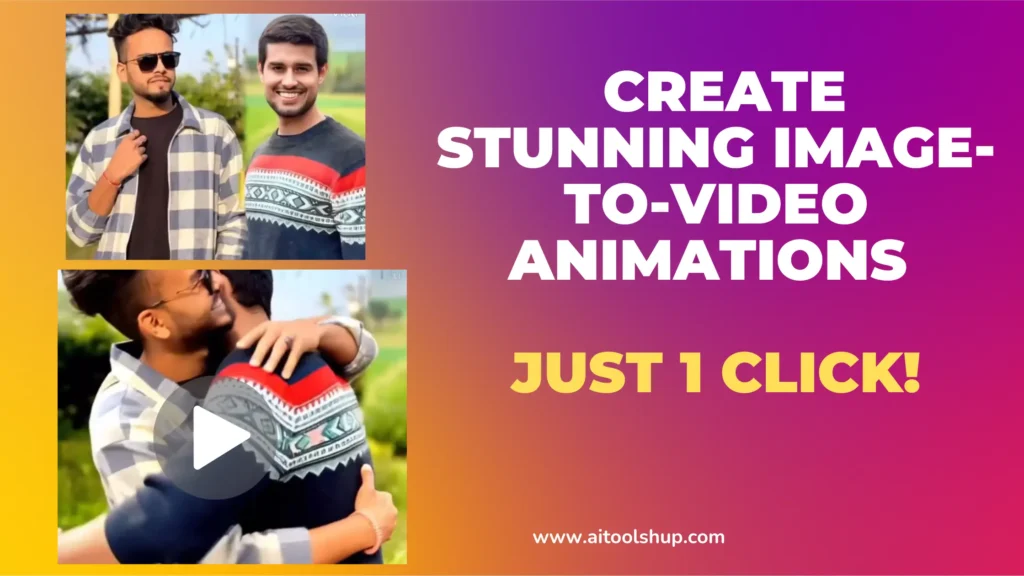Creating a professional and compelling CV is essential for job seekers to make a strong first impression on potential employers. Fortunately, there are several free tools and resources available that can help you craft a standout CV. In this article, we’ll walk you through the process of creating a free CV, offering tips on structure, content, and design.
1. Choose the Right Format
Before you start writing your CV, it’s crucial to choose the right format. There are three main types of CV formats:
- Chronological CV: This is the most common format, which lists your work experience in reverse chronological order, starting with the most recent position. It’s ideal for those with a consistent work history.
- Functional CV: This format focuses on your skills and experiences rather than your employment history. It’s useful if you’re changing careers or have gaps in your work history.
- Combination CV: As the name suggests, this format combines elements of both the chronological and functional CVs, highlighting both your skills and work experience.
2. Use a Free CV Builder
There are several online platforms that offer free CV templates and builders, making it easier for you to create a polished CV. Some popular options include:
- Canva: Known for its user-friendly design interface, Canva offers a variety of customizable CV templates. You can easily drag and drop elements, change fonts, and adjust colors to suit your style.
- Indeed: Indeed’s CV builder is simple and straightforward, allowing you to create a professional-looking CV that can be downloaded or used directly to apply for jobs on the platform.
- Zety: Zety offers a free CV builder with a wide range of templates. It provides tips and examples as you fill out each section, making the process seamless.
- Google Docs: Google Docs has several free CV templates available. They’re easy to use, especially if you’re already familiar with Google’s suite of tools.
3. Write a Strong Personal Statement
Your personal statement, also known as a professional summary or objective, is a brief paragraph at the beginning of your CV. It should highlight your key skills, experience, and career goals. Here are some tips:
- Be Concise: Keep it to around 3-4 sentences. Focus on your strengths and what you can offer to the employer.
- Tailor it to the Job: Customize your personal statement for each job application, aligning it with the specific job requirements.
- Show Enthusiasm: Convey your passion for the role or industry, making it clear why you’re a good fit for the job.
4. Detail Your Work Experience
In this section, list your previous jobs in reverse chronological order, starting with the most recent. For each role, include:
- Job Title
- Company Name and Location
- Dates of Employment
- Key Responsibilities and Achievements
When describing your responsibilities and achievements, use bullet points to make it easy for the reader to scan. Focus on accomplishments that demonstrate your impact, using numbers or metrics when possible (e.g., “Increased sales by 20%”).
5. Highlight Your Skills
Include a section dedicated to your skills. This can be a mix of hard skills (e.g., proficiency in specific software, languages, or tools) and soft skills (e.g., communication, teamwork). Tailor this section to align with the job description, highlighting the skills that are most relevant to the position.
6. Include Your Education
List your educational qualifications, starting with the most recent. Include:
- Degree or Qualification Name
- Institution Name
- Graduation Date
- Relevant Coursework (if applicable)
If you have limited work experience, you can expand on this section by including academic achievements, relevant projects, or extracurricular activities.
7. Add Additional Sections
Depending on your experience and the job you’re applying for, you may want to include additional sections such as:
- Certifications: List any relevant certifications you’ve earned.
- Languages: Mention any languages you speak fluently.
- Volunteer Experience: If you’ve done volunteer work, include it here, especially if it’s relevant to the job.
- Hobbies and Interests: This section is optional and should be used if it adds value to your application. Focus on interests that demonstrate skills or qualities that are relevant to the job.
8. Optimize for ATS
Many employers use Applicant Tracking Systems (ATS) to filter CVs. To ensure your CV passes through the ATS, follow these tips:
- Use Keywords: Include relevant keywords from the job description in your CV. This increases the chances of your CV being flagged as a match for the role.
- Keep the Layout Simple: Avoid using complex layouts, images, or unusual fonts, as these can confuse the ATS.
- Save as a PDF: Unless instructed otherwise, save your CV as a PDF to preserve formatting. Ensure that text is selectable (not an image) so that the ATS can read it.
9. Proofread and Edit
Before sending out your CV, proofread it carefully to catch any typos or grammatical errors. Consider using tools like Grammarly to help with this. You can also ask a friend or mentor to review your CV and provide feedback.
10. Keep It Updated
Finally, keep your CV updated with your latest achievements, skills, and experiences. Regularly revising your CV ensures that it’s ready to go when you find a job opportunity that interests you.
Conclusion
Creating a free, professional CV is entirely possible with the right tools and approach. By following the steps outlined above, you can build a CV that effectively showcases your skills and experiences, helping you stand out in the competitive job market. Remember, your CV is often the first impression you make on a potential employer, so take the time to ensure it’s polished, tailored, and reflective of your qualifications.



